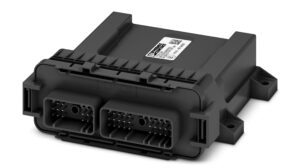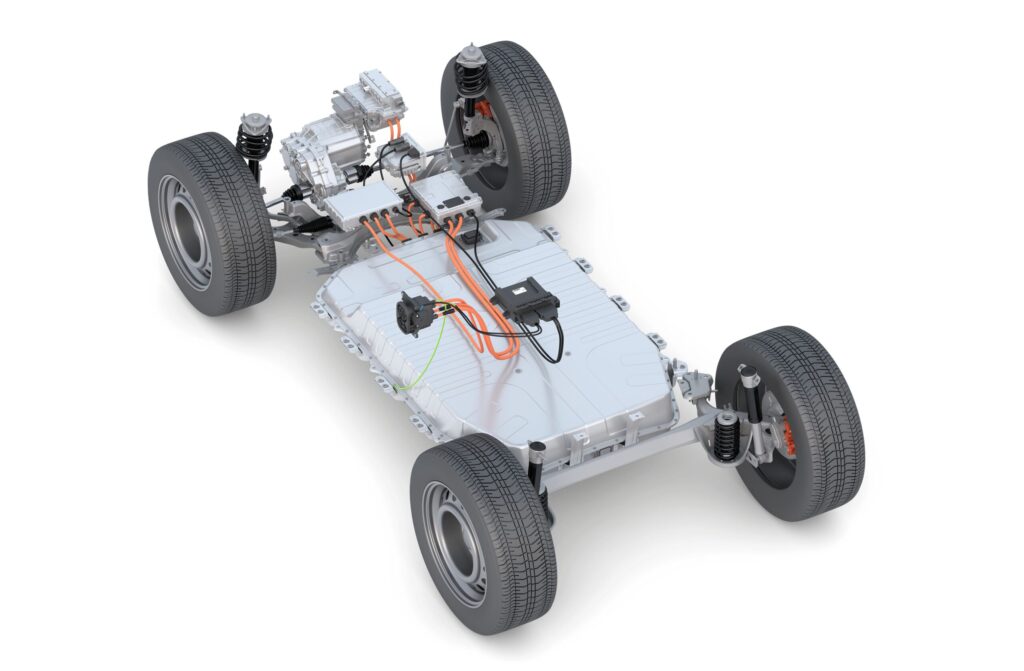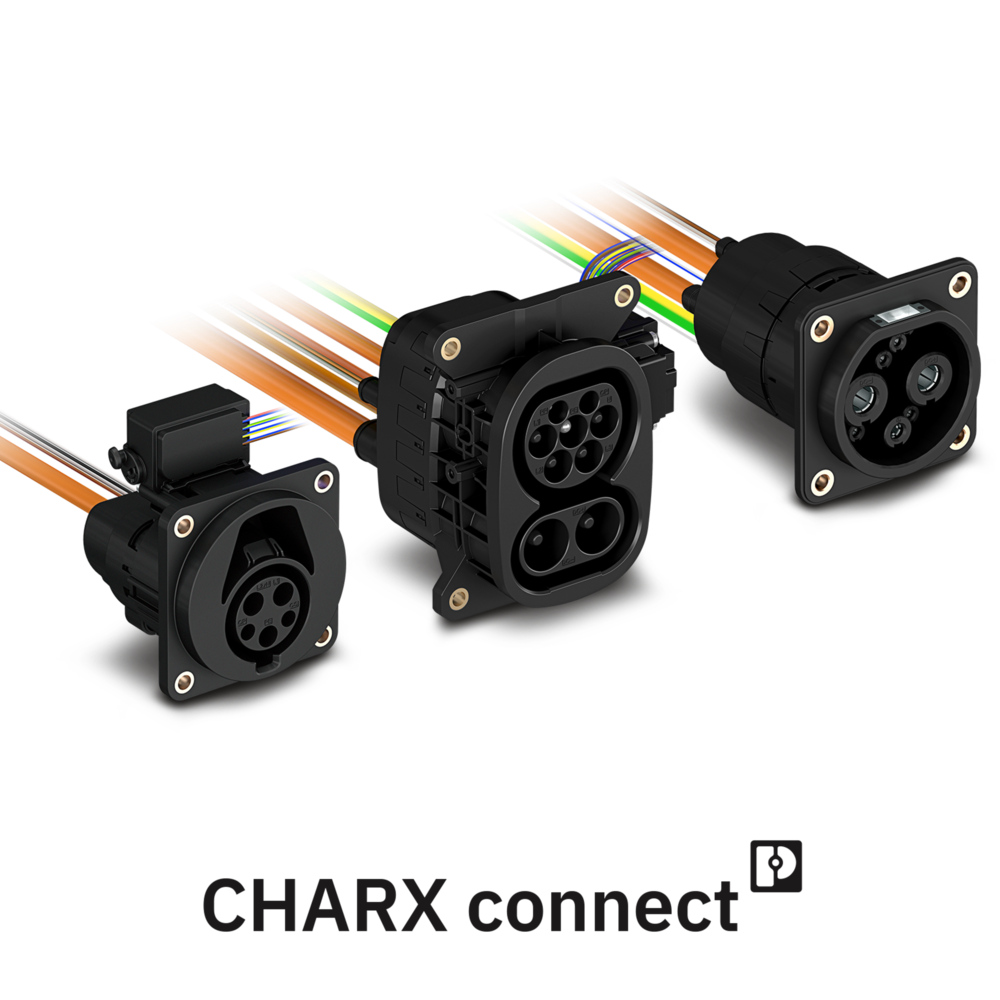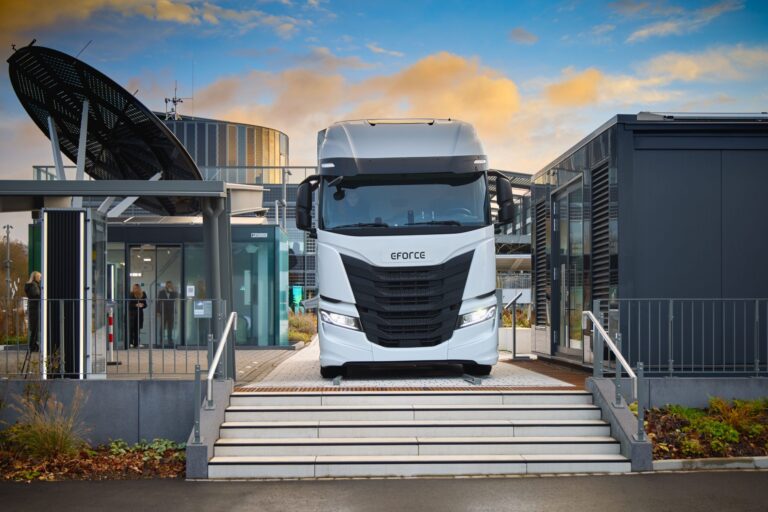The move away from the combustion engine is progressing: The challenge is the electrification of individual vehicle solutions for a wide range of applications.
The electrification of utility vehicles is no longer a topic for the future – it is a reality and a decisive lever for sustainable mobility . Whether electric buses, e-trucks, electric municipal vehicles or construction machinery. The market demands flexible, efficient and safe charging solutions. With the CHARX control vehicle charging controller and the matching CCS charging inlet, Phoenix Contact offers a sophisticated, coordinated system solution for e-mobility.

Why a smart vehicle charging controller is crucial
The electrification of various vehicles for a wide range of applications entails complex requirements such as vehicle architecture, high safety standards, short charging times and smooth communication with the charging infrastructure. Standard solutions are often not sufficient here.
As a central charging controller, the CHARX control vehicle takes over communication between the vehicle and charging station – reliably, safely and in compliance with DIN 70121 and ISO 15118-2 and -20. No complex programming is required: the controller is already pre-parameterized and can be easily adapted using a service tool.
The vehicle charging controller should be of particular interest to electric bus manufacturers, as it not only offers preconditioning in accordance with VDV26, but is also suitable for charging controllers for pantographs.

The interaction: vehicle charging controller meets CCS charging inlet
The basic structure of an electric vehicle primarily includes the inlet – the interface between the vehicle and the charging station. CHARX control vehicle is perfectly matched to the CHARX connect universal CCS charging inlet, as not only compatibility is guaranteed. The set-up effort is also minimal, as the service tool software is provided with a preset variant for these inlets.
All relevant signals such as CP (Control Pilot), PP (Proximity Pilot), PE (protective conductor), temperature monitoring and interlocking are transmitted securely via an 18-pin RCA plug. Communication takes place via Powerline (PLC) directly via the CP cable.
In addition, a 30-pin connector connects the vehicle charging controller with the Vehicle Control Unit (VCU) and other components in the vehicle. This creates a consistent, highly integrated system that can be flexibly adapted to different vehicle types – from electric motorcycles to electric buses.

Safety today and tomorrow
The CHARX control vehicle charging controller meets the highest safety requirements in accordance with ISO 26262 (ASIL B) and is prepared for cybersecurity requirements in accordance with UN R155 and R156. Functions such as preventing the vehicle from moving off when the cable is connected, thermal monitoring and emergency shutdown ensure maximum operational safety. The controller meets protection class IP 6K9K in accordance with ISO 20653.
Future-proofing is also guaranteed, as CHARX control vehicle supports all standards from CCS to GB/T and NACS.
How the vehicle charging controller works
This animation describes the functions of the CHARX control vehicle charging controller and shows how it is installed in the vehicle as an example.
Conclusion: One solution, many possibilities
With CHARX control vehicle and the matching CCS charging inlet, Phoenix Contact offers a sophisticated, future-proof solution for the installation and electrification of individual vehicle types. The combination of simple integration, high safety and flexible adaptability makes it the ideal choice for manufacturers of electric utility vehicles – whether for one-offs or series solutions.
Discover suitable products now
Here you will find a selection of relevant products – based on the topics and recommendations from our blog post.






